-
 play_arrow
play_arrow
GlitterBeam Radio GlitterBeam Radio
-
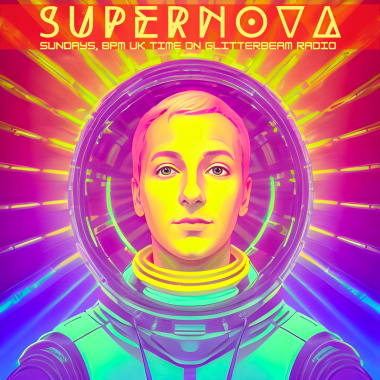 play_arrow
play_arrow
Supernova 118
-
 play_arrow
play_arrow
Supernova 117
-
 play_arrow
play_arrow
Sanremo Music Festival 2023
-
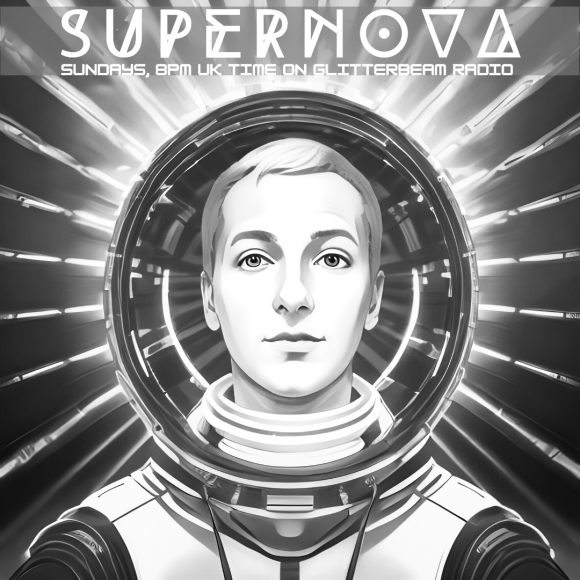 play_arrow
play_arrow
Supernova 116
-
 play_arrow
play_arrow
Supernova 115
-
 play_arrow
play_arrow
Supernova 114
-
 play_arrow
play_arrow
Supernova 113
-
 play_arrow
play_arrow
Supernova 112
-
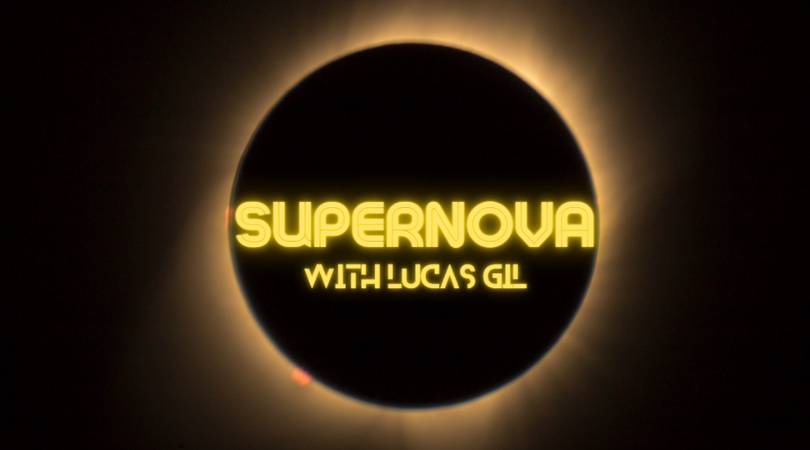 play_arrow
play_arrow
Supernova 111
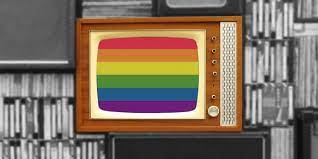
Girls Want Girls: Lesbian Hyper-Sexualisation Then and Now
Queers Through the Years is the section curated by Molly Saxby.
Lesbian and bisexual women have been hypersexualised for centuries in the sphere of popular culture. Let’s look to some key examples and delve into the reasons behind hyper-sexualisation…
Scientific Theory
Since the emergence and prominence of lesbian scientific theory in the late 19th Century, lesbian women have been overtly sexualised. At this time scientists began to theorise sexuality and explored the “reasons” behind same-sex attractions. Here, gay men and lesbian women were investigated through a purely sexual lens and were bound to ideas of sexual perversion as these scientific ideas entirely overlooked the emotional or romantic aspects of lesbian relationships. Furthermore, such theories defined “true” lesbians as those who were overtly masculine; therefore establishing that lesbians could only exist if they abided by the heterosexual balance of masculine and feminine and that they were only “real” if they were comparable to men. With these theories, lesbian denial, sexualisation, and constriction under the male gaze became popularised and accepted ideas within the public sphere.
Early Popular Culture
It was not until much later that lesbian women began to see representation in areas of popular culture. For decades, lesbians were not seen in the public sphere or were often removed in cases that gave them an overt platform (check out QTTYs article on Radclyffe Hall for more information!). Whilst early lesbian publications and such existed, it was not until the establishment of LGBTQIA+ spaces after World War II that we can see clear lesbian representation in popular culture.
Most notably, during the Cold War there was an influx of erotic lesbian fiction and magazines in the West which was targeted towards heterosexual men. This was a stark change from the disgust and denial aimed at lesbians prior to WWII. This shift in representation, and turn to sexualisation, was born from the idea that lesbianism offered an opportunity for men to “prove themselves” by curing the “sickness” of female homosexuality. After the War, men were keen to assert themselves and their power after such a period of vulnerability; thus emerged the overt sexualisation of lesbians for the pleasure of heterosexual men. Hereby, the idea that lesbians can be “turned straight” was instilled, and unfortunately persists today.
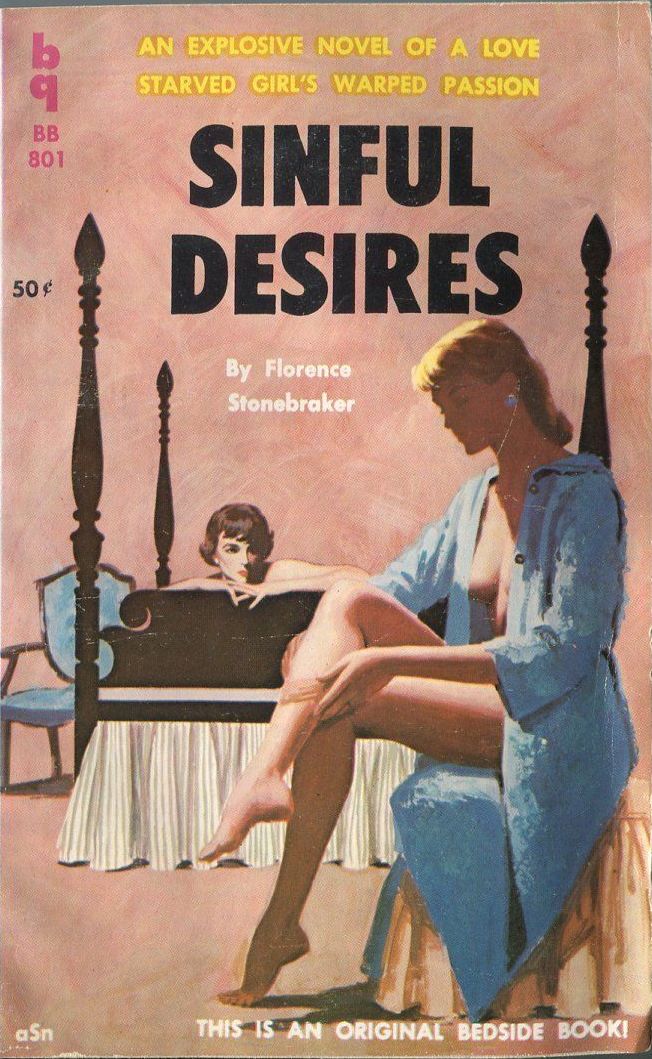
Image 1 – Florence Stonebraker, Sinful Desires, Bedside Book, 1960
At this time and in the following decades, lesbians were also represented in films and television programmes but their relationships were almost always sexualised or perverted in nature. We can turn to the 1968 production of The Killing of Sister George which delved into London lesbian bar and club culture, representing it as incredibly sexual and unromantic with its leading relationship between two women of a notable age difference.
Popular Culture Today
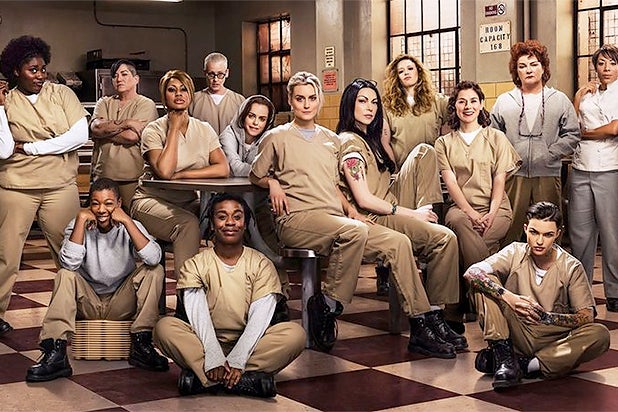
Image 2- Orange is The New Black Cast
With the recent release of songs such as Drake’s Girls Want Girls, we are reminded of the continued persistence of lesbian denial and sexualisation. It is undeniable that in popular culture today, lesbian women continue to be sexualised or seen as a pursuit for straight males. Let’s turn to the highly-popular Netflix series Orange is the New Black which explores many different types of lesbian relationships within the setting of a woman’s prison. Whilst OITNB represents lesbian women, including butch lesbian women through characters such as Big Boo, it only shows sexual scenes between femme lesbian couples such as Alex and Piper, in order to maintain an appeal to heterosexual male audiences and cater to the male gaze. Furthermore, research has shown that shows and soap operas will often feature a “lesbian kiss” or scene in order to boost their viewings and ratings, a statement which is unsurprising when considering the fact that “lesbian” is the most searched for term on PornHub, despite 75% of its audience being male.Some representations in popular culture are beginning to present true and romantic portrayals of queer and lesbian love and relationships, notably Netflix’s Sex Education.
Whilst diverse representation should be fought for, ultimately we must remember that appreciation is not the same as acceptance and that sexualisation, denial or constriction under the male gaze should not bind perceptions and platforms for lesbians or for the LGBTQIA+ community.
Image References
1- https://pulpcovers.com/tag/lesbians/
2 – https://www.thewrap.com/orange-is-the-new-black-characters-ranked/
Written by: Molly Saxby
Similar posts
Chart
-
-
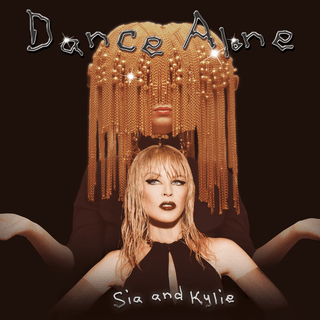 play_arrow
play_arrow
Dance Alone Sia & Kylie Minogue
-
-
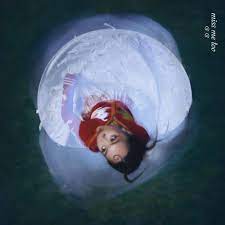
2
Miss Me Too
Griff
-
-
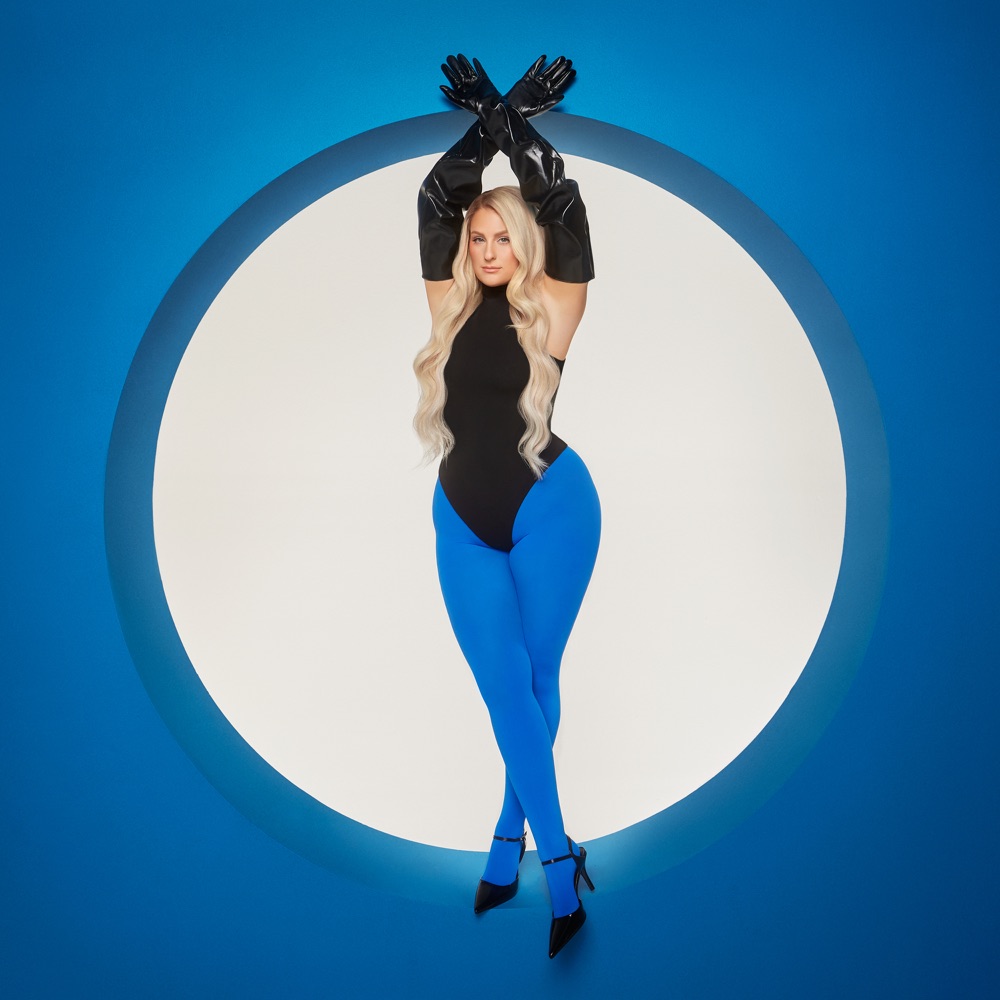 play_arrow
play_arrow
Been Like This Meghan Trainor & T-Pain
-
-
Top popular
Featured post
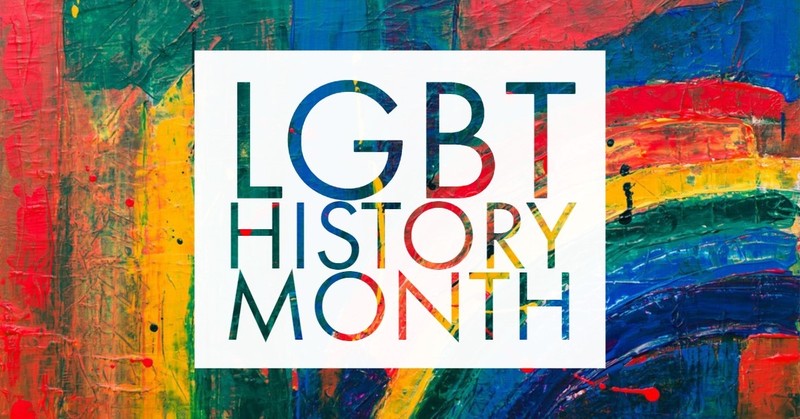
Latest posts
Current show
Upcoming shows

The Chatty Gay
9:00 pm - 11:00 pm
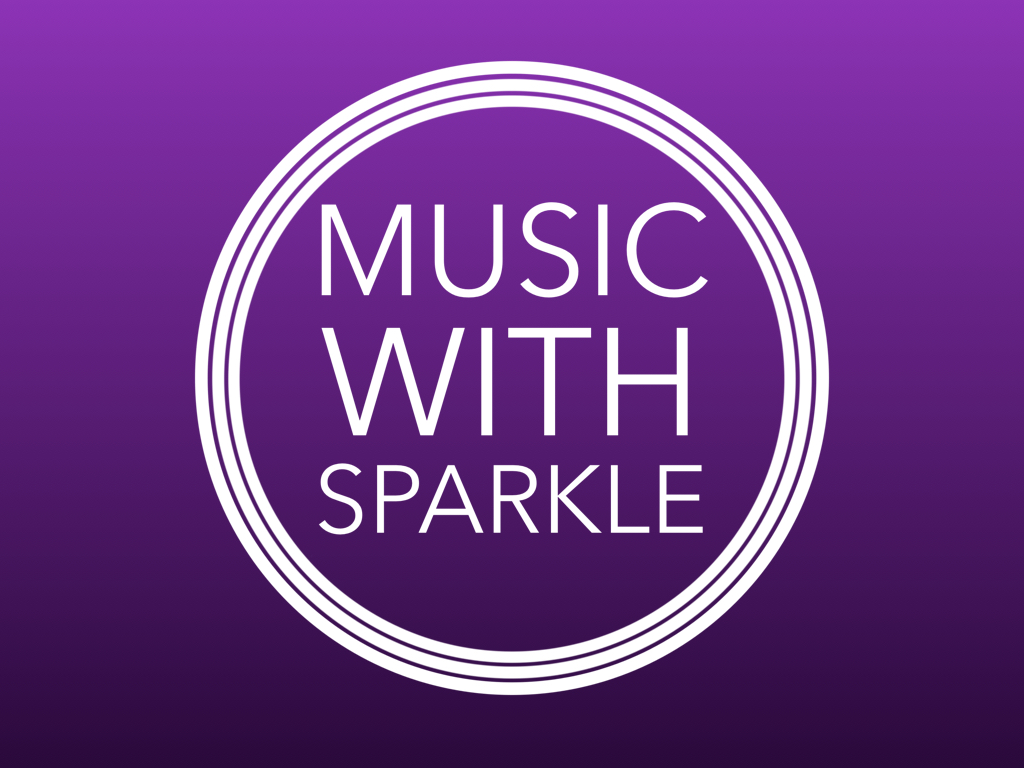
Music With Sparkle
11:00 pm - 11:59 pm

Music With Sparkle
12:00 am - 7:00 am
Chart

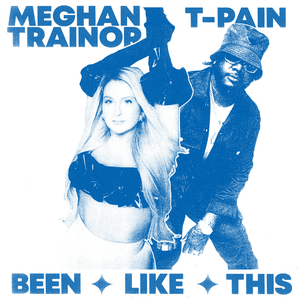
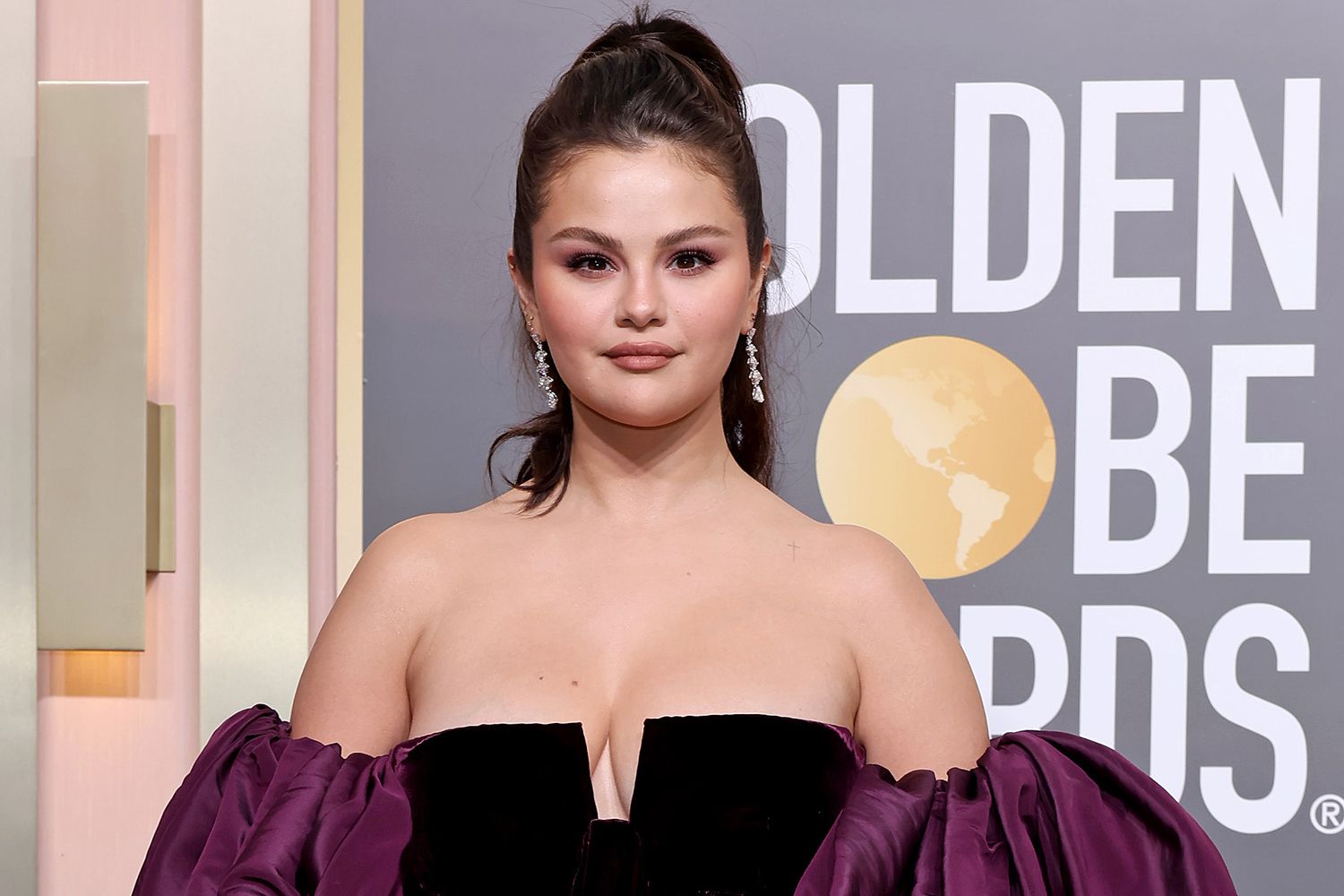


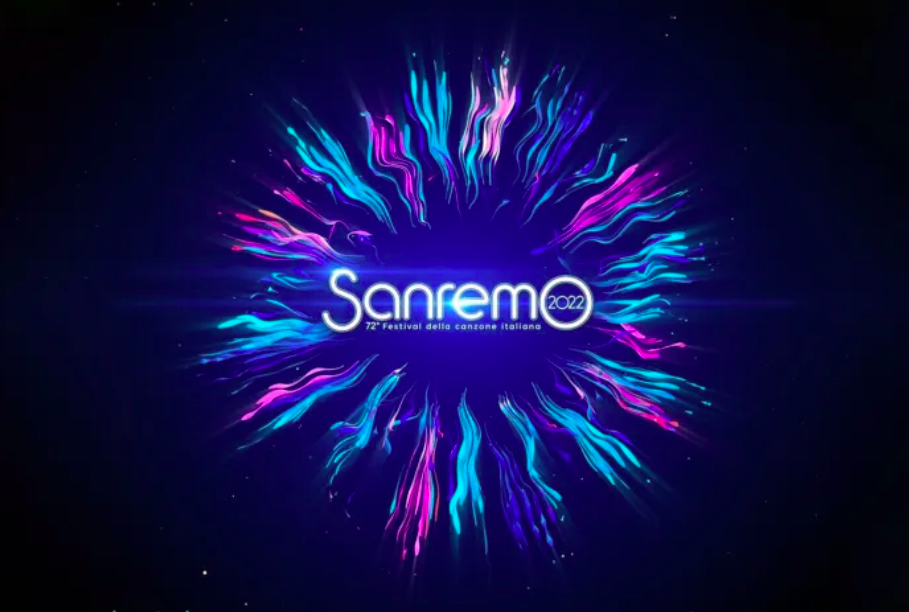

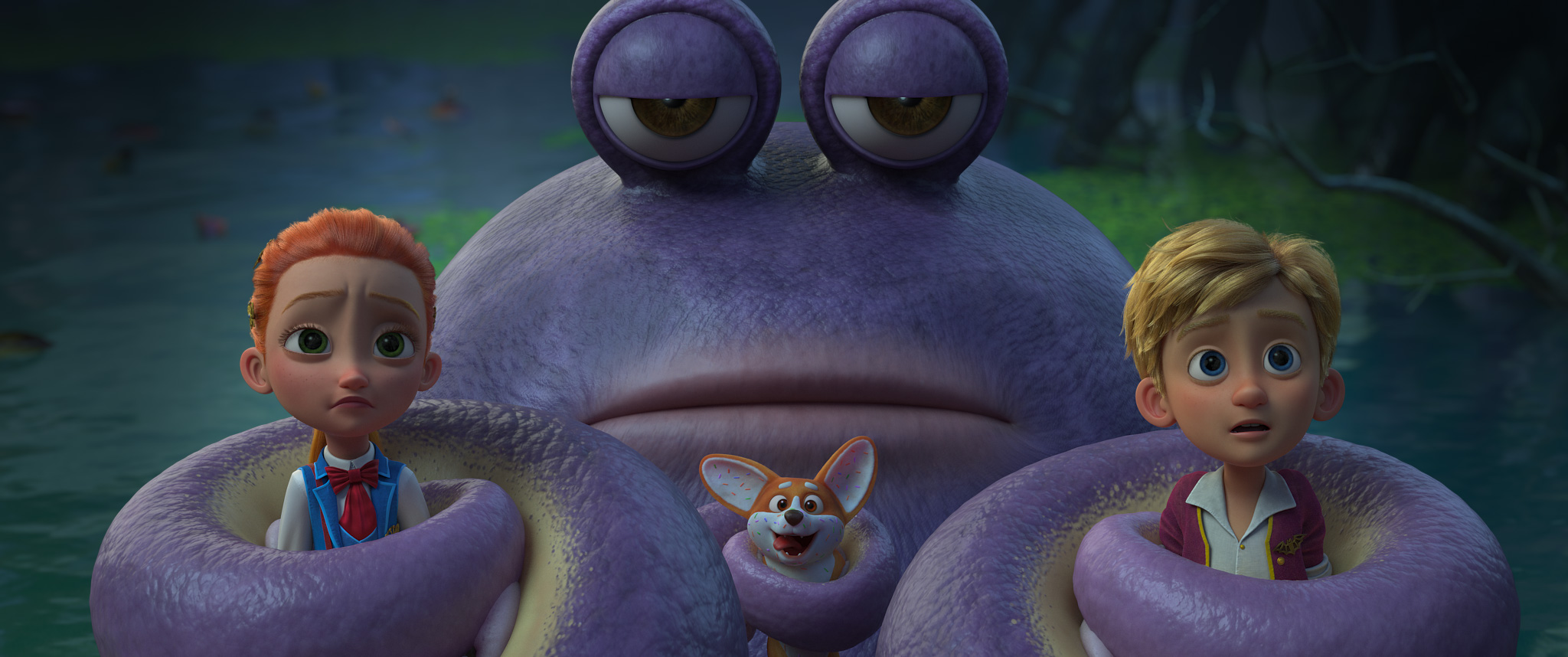


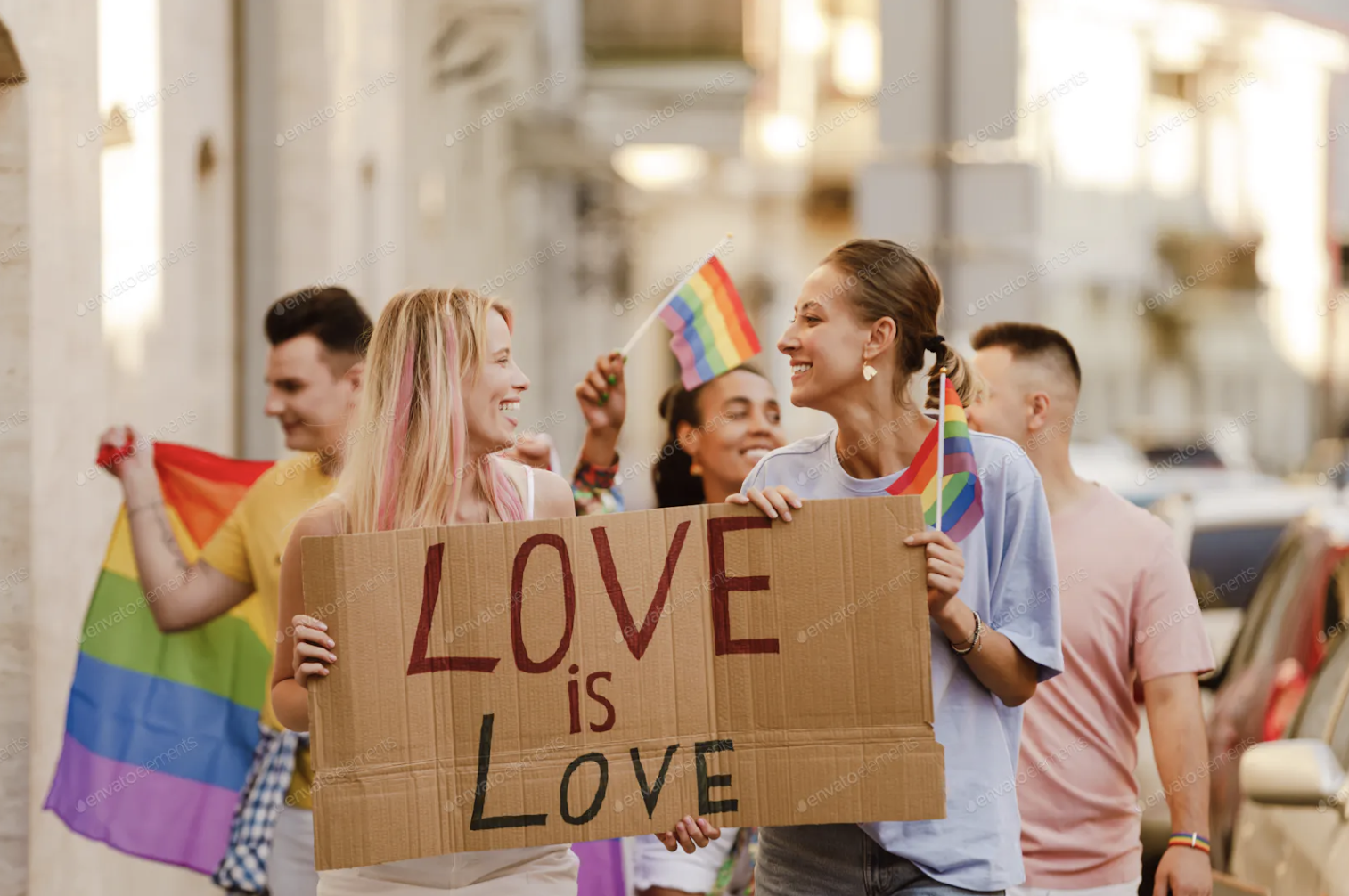
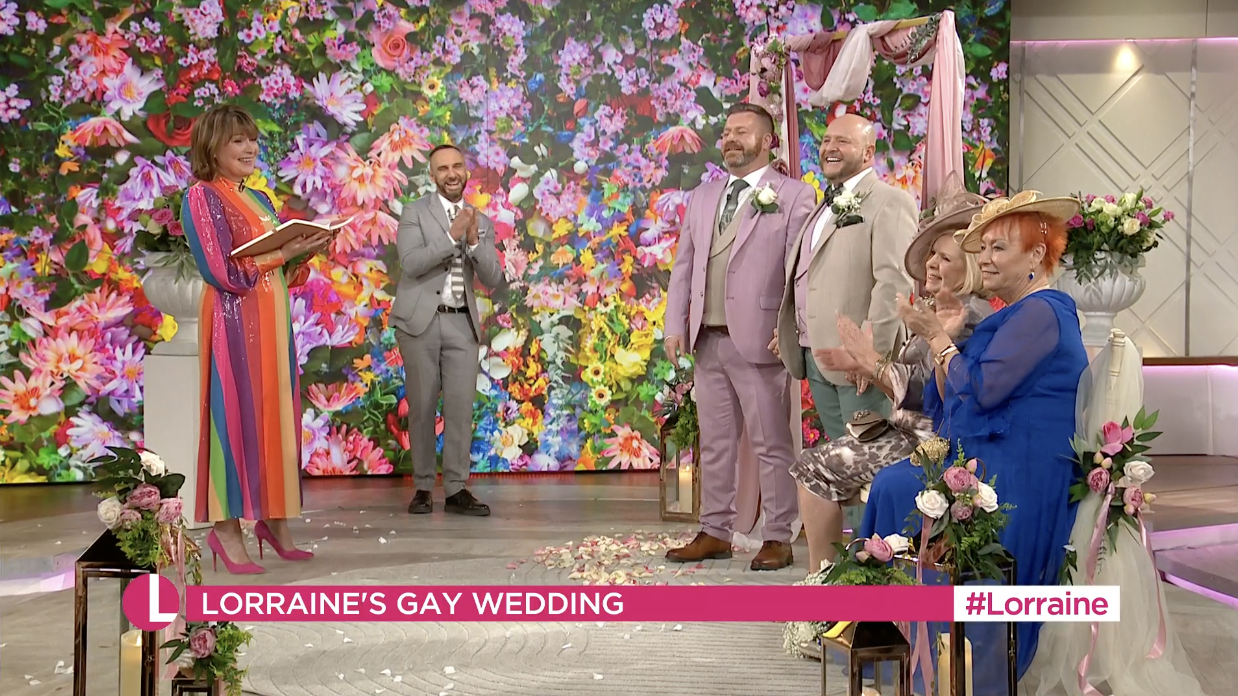
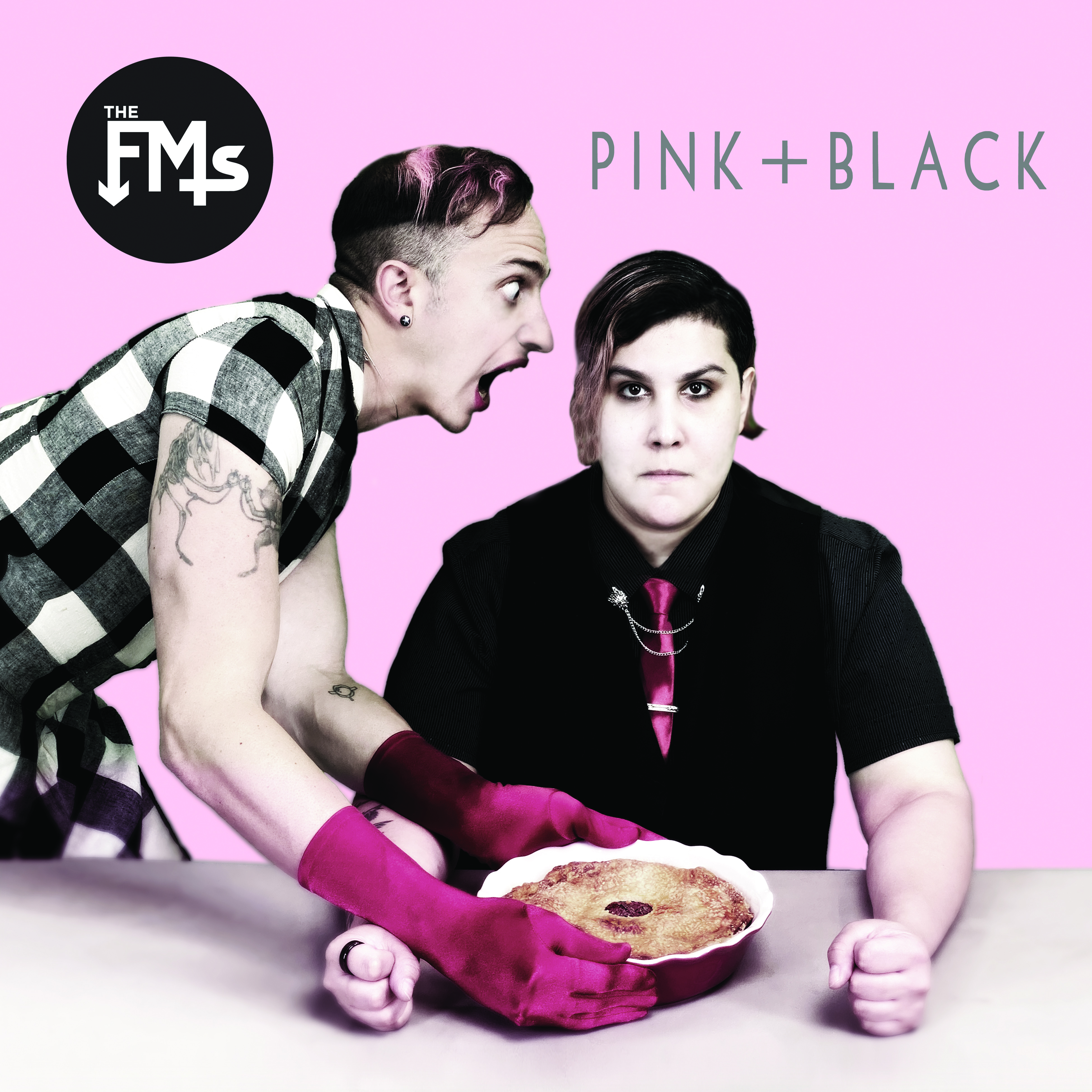
Post comments (0)